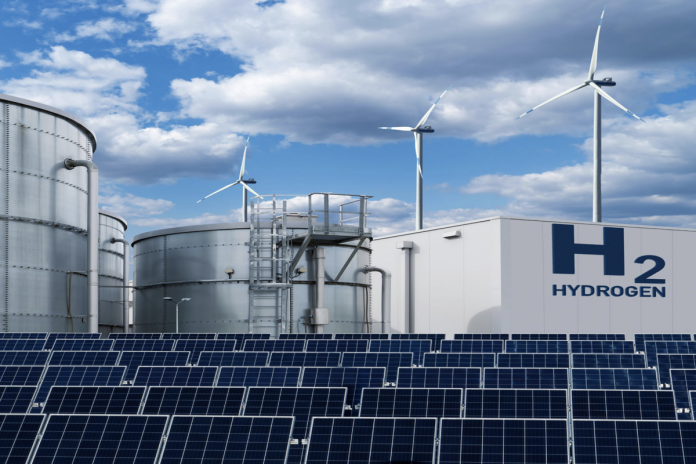In a move towards promoting clean mobility, India is set to develop a comprehensive roadmap for establishing hydrogen-dispensing infrastructure across the country.
The initiative aims to encourage the use of hydrogen as a clean fuel for transportation.
India currently operates only a few hydrogen filling stations. To address this, a specialised steering committee, comprising officials from the Ministry of Road Transport and Highways, the Ministry of New and Renewable Energy, and the Principal Scientific Adviser to the government, is scheduled to meet in August or September.
The committee’s goal is to draft recommendations and an action plan for creating hydrogen corridors, promoting domestic hydrogen storage, and standardising hydrogen storage pressure. Union Minister for Road Transport and Highways Nitin Gadkari will chair the meeting.
A crucial aspect of the plan is determining the appropriate storage pressure for hydrogen, ranging from 350 to 700 bar, to ensure efficiency and safety.
Hydrogen Corridors and Vehicle Development
The government plans to develop hydrogen corridors for both freight and passenger buses, with one potential corridor being the Delhi-Agra route.
Leading OEMs like Tata Motors and Ashok Leyland have been actively researching and developing hydrogen-powered vehicles, including prototypes of hydrogen internal combustion engines (ICE) and fuel cell buses. However, their widespread adoption depends heavily on infrastructure development, reports Mint.
The involvement of the private sector is deemed crucial for achieving these goals. Companies in the steel and high-pressure systems industries have the expertise to build the necessary infrastructure, accelerating the commercialisation of hydrogen as a transport fuel and creating new business opportunities.
Promoting Hydrogen as an Alternative Fuel
India is keen to adopt alternative fuels to achieve its net-zero emissions goals in the mobility sector, extending its focus beyond electric vehicles (EVs).
Currently, India produces 6.5 million metric tonnes per annum (MMTPA) of hydrogen, predominantly for use in crude oil refineries and fertilizer production. Most of the country’s current hydrogen supply is grey hydrogen, which is produced using fossil fuels in a process that creates CO2 gas emissions.
Under the national green hydrogen mission, India aims to produce 5 million metric tonnes of green hydrogen by 2030 equivalent to roughly half of India’s projected overall hydrogen demand of 11 MMTPA at that time.
The goal requires diversified and localised value chains, economies of scale, and a robust network of dispensing stations.
The commercialisation of hydrogen as a fuel presents several challenges, including high upfront costs for setting up high-pressure (700 bar) dispensing stations.
The upcoming government roadmap will address critical aspects such as safety clearances, regulatory permissions, and local manufacturing of type 3 and type 4 cylinders to reduce dependency on imports and lower costs.
The successful implementation of this roadmap will contribute to environmental sustainability and bolster India’s position in the global clean energy market.


